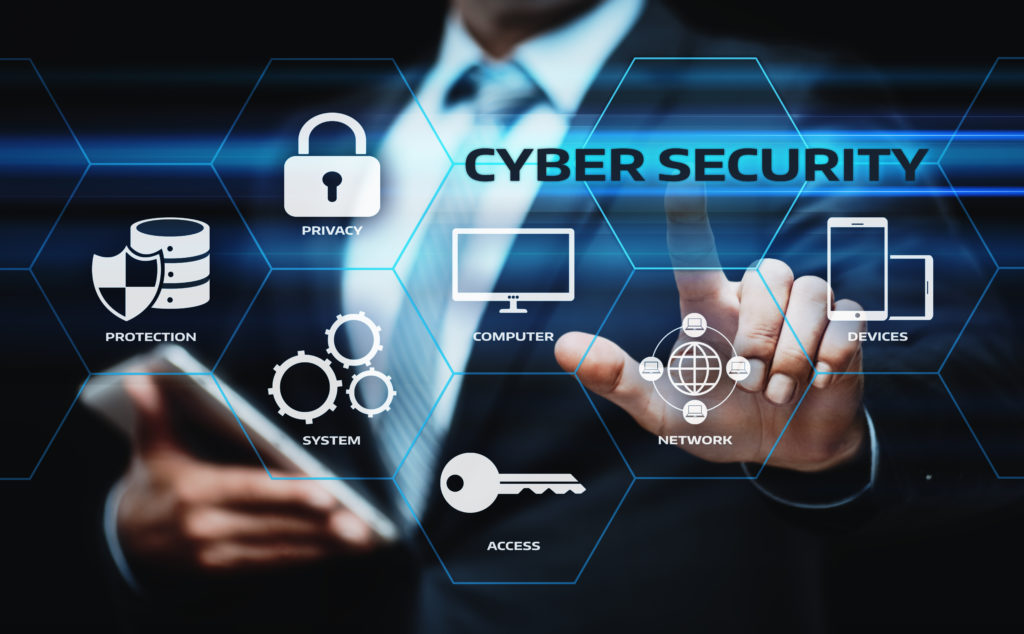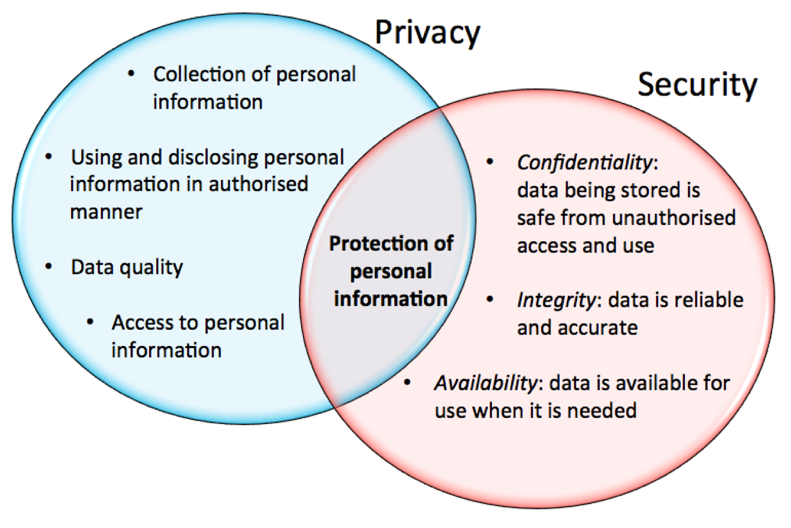Data and Network Security: Key Strategies to Safeguard Your Digital Infrastructure
Data and Network Security: Key Strategies to Safeguard Your Digital Infrastructure
Blog Article
How Information and Network Security Safeguards Versus Arising Cyber Threats
In an era marked by the quick development of cyber risks, the importance of data and network protection has actually never ever been a lot more obvious. Organizations are significantly reliant on innovative protection actions such as encryption, accessibility controls, and aggressive surveillance to safeguard their digital properties. As these risks come to be much more complex, understanding the interaction in between information protection and network defenses is important for minimizing dangers. This conversation intends to explore the vital elements that strengthen a company's cybersecurity posture and the approaches required to remain in advance of possible vulnerabilities. What stays to be seen, nevertheless, is exactly how these measures will certainly progress despite future difficulties.
Recognizing Cyber Hazards

The ever-evolving nature of technology continually introduces new vulnerabilities, making it vital for stakeholders to continue to be attentive. Individuals may unconsciously drop target to social engineering strategies, where enemies adjust them into revealing delicate information. Organizations face distinct challenges, as cybercriminals typically target them to manipulate important information or interfere with operations.
Furthermore, the increase of the Web of Points (IoT) has expanded the attack surface area, as interconnected gadgets can work as entrance points for enemies. Identifying the importance of durable cybersecurity practices is critical for alleviating these risks. By cultivating a comprehensive understanding of cyber individuals, organizations and risks can carry out reliable methods to protect their digital properties, guaranteeing durability when faced with a progressively complex danger landscape.
Trick Elements of Information Protection
Guaranteeing information protection requires a complex approach that incorporates various key parts. One fundamental aspect is information encryption, which changes delicate info right into an unreadable style, available just to licensed customers with the suitable decryption tricks. This functions as a critical line of protection against unapproved gain access to.
Another important part is gain access to control, which regulates who can watch or adjust information. By applying stringent customer authentication methods and role-based accessibility controls, companies can lessen the danger of expert hazards and information breaches.

Additionally, information concealing strategies can be employed to protect delicate info while still enabling its use in non-production environments, such as testing and growth. fft perimeter intrusion solutions.
Network Protection Techniques
Carrying out robust network protection techniques is essential for safeguarding a company's electronic infrastructure. These strategies entail a multi-layered approach that includes both software and hardware solutions designed to shield the stability, privacy, and accessibility of data.
One important part of network security is the release of firewall programs, which work as a barrier between relied on internal networks and untrusted exterior networks. Firewalls can be hardware-based, software-based, or a mix of both, and they assist filter incoming and outgoing traffic based on predefined safety rules.
Furthermore, invasion discovery and prevention systems (IDPS) play an important duty in checking network traffic for suspicious tasks. These systems can signal managers to possible breaches and do something about it to minimize risks in real-time. Frequently upgrading and patching software application is also essential, as vulnerabilities can be exploited by cybercriminals.
Moreover, executing Virtual Private Networks (VPNs) guarantees secure remote accessibility, securing data transmitted over public networks. Finally, segmenting networks can reduce the assault surface and consist of prospective violations, restricting their effect on the total framework. By embracing these techniques, organizations can properly fortify their networks versus emerging cyber risks.
Best Practices for Organizations
Establishing finest methods for companies is essential in preserving a solid security stance. A comprehensive technique to information and network security begins with normal danger analyses to identify susceptabilities and potential hazards.
Furthermore, constant employee training and understanding programs are vital. Workers need to be educated on recognizing phishing attempts, social design techniques, and the importance of sticking to safety protocols. Routine updates and spot administration for software program and systems are additionally crucial to shield against recognized susceptabilities.
Organizations should test and create incident response intends to make certain readiness for potential violations. This consists of developing clear communication channels and functions throughout a safety and security event. Data file encryption need to be employed both at remainder and in transportation to safeguard delicate details.
Last but not least, conducting periodic audits and compliance checks will help ensure adherence to appropriate guidelines and well-known plans - fft perimeter intrusion solutions. By adhering to these ideal techniques, organizations can dramatically boost their durability versus emerging cyber dangers and protect their essential assets
Future Trends in Cybersecurity
As organizations navigate a progressively complicated electronic landscape, the future of cybersecurity is poised to evolve significantly, driven by moving and arising technologies hazard standards. One prominent pattern is the integration of man-made intelligence (AI) and machine learning (ML) into protection frameworks, enabling for real-time danger discovery and feedback automation. These innovations can assess substantial amounts of data to determine anomalies and potential breaches more successfully than typical approaches.
An additional vital fad is the increase of zero-trust architecture, which needs constant confirmation of customer identifications and tool protection, despite their area. This method decreases the threat of insider dangers and improves protection against exterior assaults.
Additionally, the raising adoption of cloud services necessitates robust cloud safety and security approaches that address one-of-a-kind susceptabilities related to cloud settings. As remote work comes to be a permanent fixture, protecting endpoints will also come to be extremely important, resulting in a raised emphasis on endpoint detection and response (EDR) options.
Lastly, regulatory compliance will certainly proceed to form cybersecurity practices, pressing organizations to adopt much more strict data protection measures. Embracing these patterns will be essential for companies to fortify their defenses and navigate the evolving landscape of cyber dangers efficiently.
Final Thought
In final thought, the implementation of robust data and network safety and security procedures is important for organizations to guard against arising cyber dangers. By using security, gain access to control, and efficient network protection approaches, organizations can dramatically minimize susceptabilities and secure sensitive info.
In an era noted by the quick development of cyber hazards, the significance of information and network security has never been extra obvious. As these hazards become much more complicated, recognizing the interaction in between data protection and network defenses is crucial for minimizing dangers. Cyber dangers incorporate a wide variety of destructive activities intended at compromising the privacy, stability, and availability of data and networks. A comprehensive approach to data and network safety starts with regular threat evaluations to data and network security identify vulnerabilities and potential dangers.In final thought, the implementation of robust information and network safety actions is necessary for companies to protect versus arising cyber dangers.
Report this page